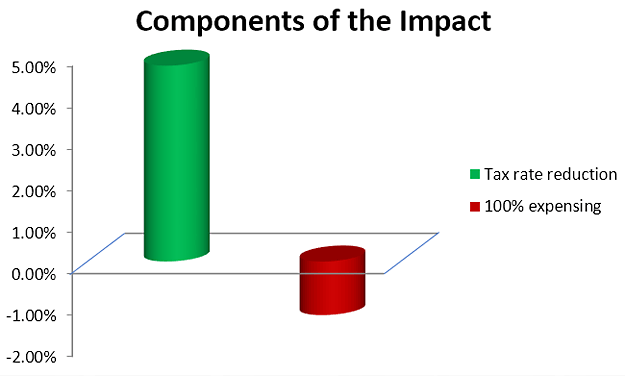Elements of tax reform will generally affect the return on equity for equipment lessors, but captive and vendor financing providers are taking a closer look at the way reform is likely to affect their ability to sell lease financing using tax benefits. Since captive and vendor financing represents at least a third of the multibillion dollar equipment leasing and finance industry, any changes in this segment will have a widespread impact in the market.
Tax changes proposed would eliminate the Gross Profit Tax Deferral (GPTD), which allows manufacturers and vendors to defer taxes they would normally pay on equipment sold under commonly used tax lease structures. They can choose to pass those savings on to the customer in lower lease rates or retain them to enhance the ROE. As an added bonus to the manufacturer or vendor, the profit in such transactions can be recognized immediately for book purposes in some cases.
Today when a manufacturer or vendor sells equipment to a third party, it pays taxes on the gross profit from the sale. These taxes are paid at the time of the sale (effectively, on day one). If, however, the manufacturer sells equipment to its captive, and the captive writes a tax lease on the equipment, the taxes on the sale are deferred over the Modified Accelerated Cost Recovery System (MACRS) life of the leased equipment in the same proportion as the MACRS deductions.
The present value of the timing differences of when taxes are paid represents either additional lessor profit or a reduction in the lease payment. In today’s market, the GPTD is worth roughly five basis points for each point of gross margin (each expressed as a percentage of equipment fair value).
The full value of the GPTD is based on both the tax rate and the MACRS life. Therefore, two elements of tax reform will work against each other (1) the lower tax rate and (2) the immediate 100 percent deduction on equipment investments.
Here’s an example of the impact on the GPTD for a company with a 35% gross profit margin and a five-year MACRS class life. Overall, there is a net benefit of 3.42% (as a percent of equipment cost) from these two elements of the tax reform proposals.

The good news for vendor finance sales people is that they still have the GPTD in their back pocket to bring out when the pricing gets tight. The bad news is that, relatively, the value of this unique tool will decrease under the current tax reform proposals, thereby underscoring the ongoing need to sell value, rather than price.
As I stated in the first installment of this two-part series, Tax Reform’s Wrinkles Deepen for the Equipment Finance Industry, the timing for any new tax laws is up for debate. Based on news accounts from Washington, D.C., and the failure of Republican senators to unite behind new healthcare legislation, tax reform does not appear likely in 2017.